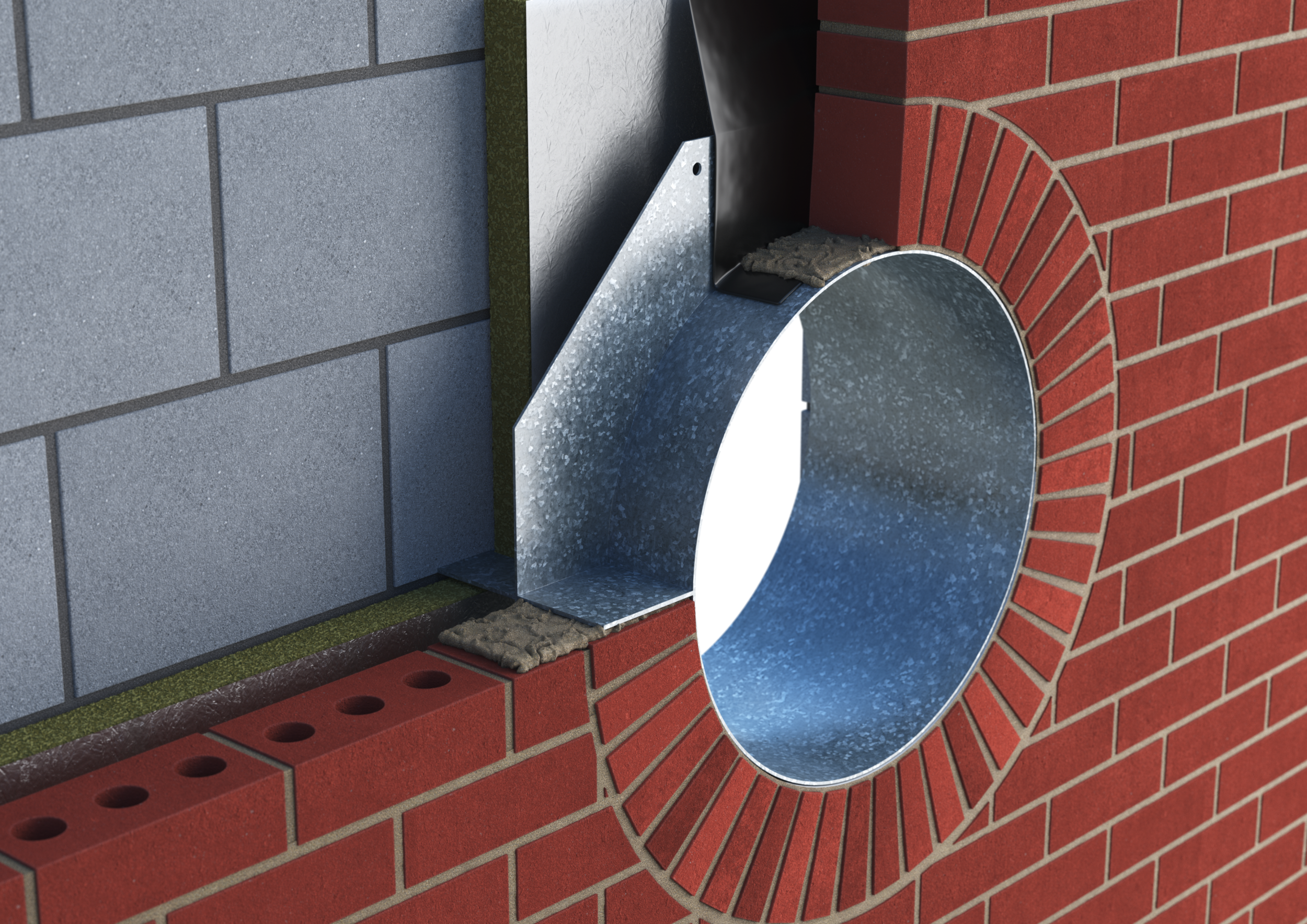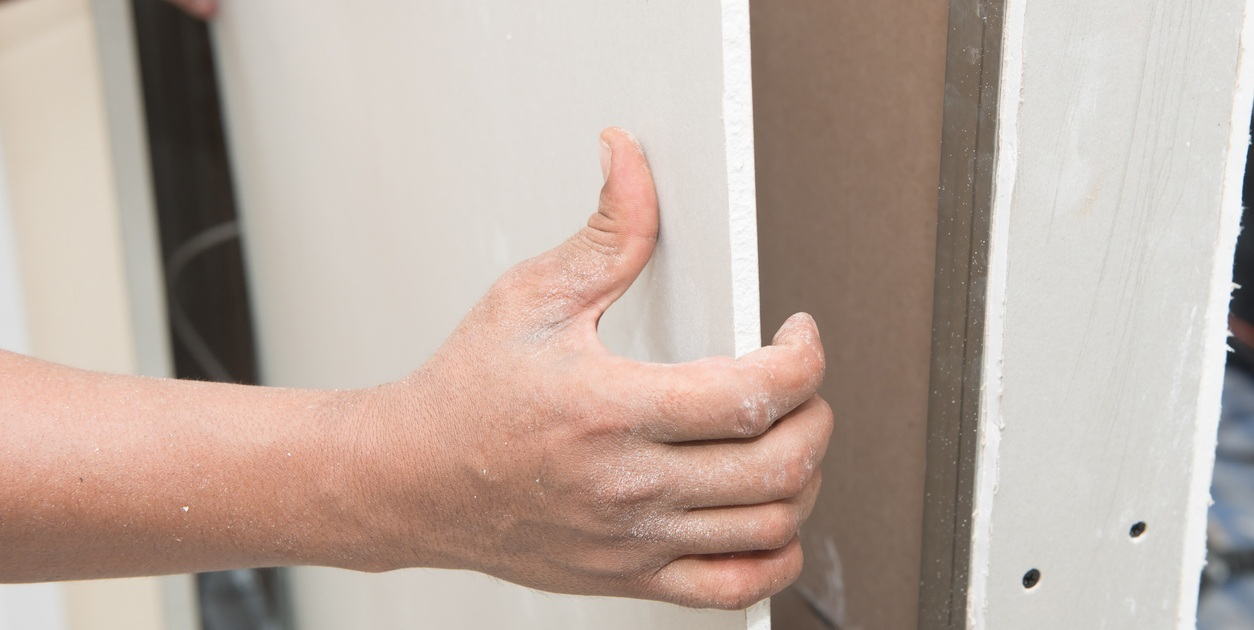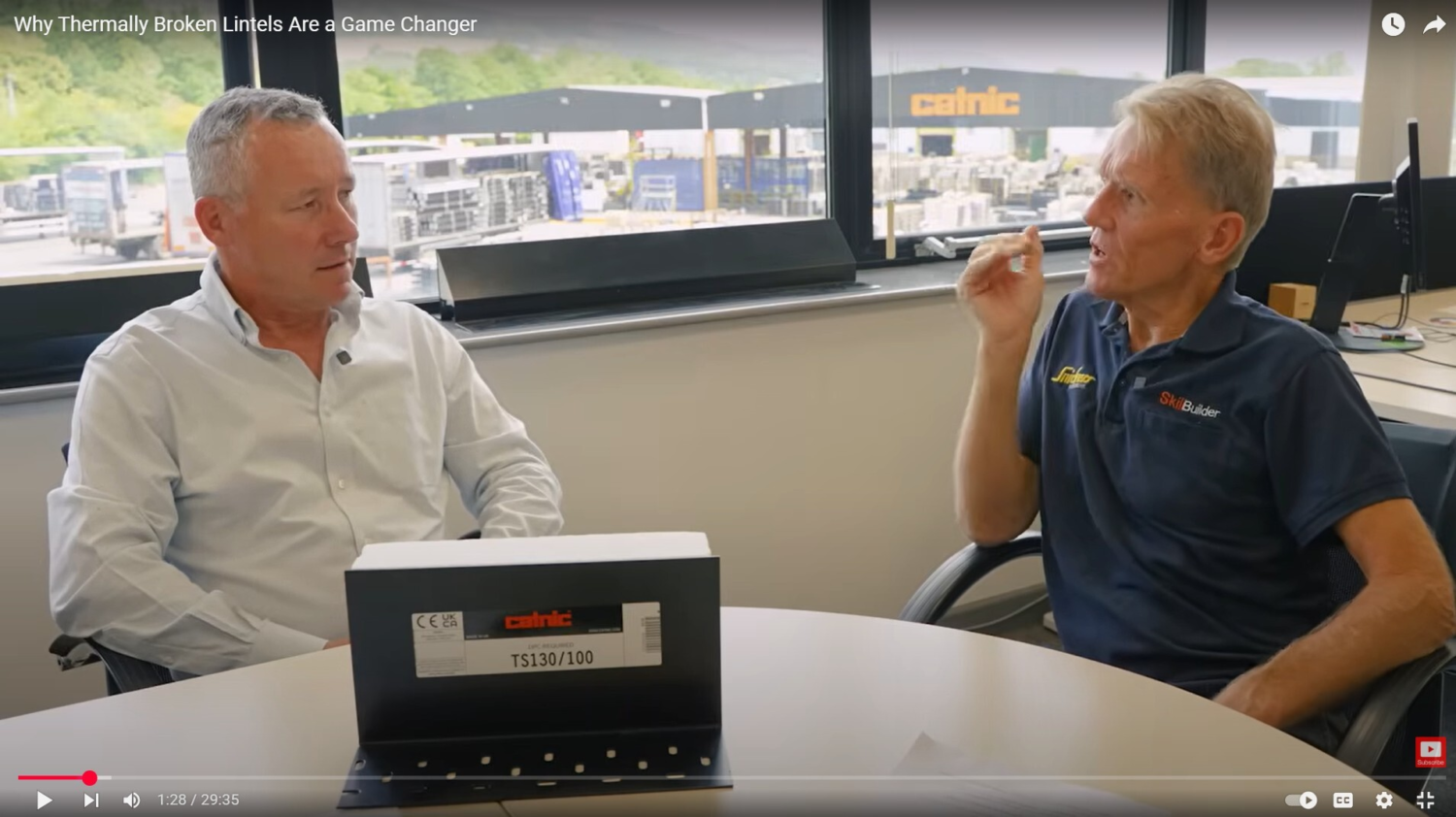Published in 2009, with an amendment in 2011, BS EN 1090-1:2009 + A1:2011 sets out requirements for structural steel components to be ‘conformity assessed’. Aluminium components are covered too, but here we are focusing on steel.
Conformity assessment has generally meant the application of CE marking. Since the UK’s exit from the European Union, conformity assessment will mean the adoption of UKCA (UK Conformity Assessed) marking for products sold in mainland Britain. Slightly different provisions apply in Northern Ireland.
Why was BS EN 1090-1 introduced?
As a harmonised standard, BS EN 1090-1 was introduced to ensure that steel components were produced to a common technical specification.
Harmonised standards are common across the construction industry. They improve safety by ensuring that similar types of products made available for sale in Europe, even if produced outside Europe, have been manufactured and had their performance declared in accordance with the same processes.
The 2011 amendment to BS EN 1090-1 aligned the standard with the new Construction Product Regulations (CPR). In 2014, it became mandatory for structural steel components to conform to the CPR and be CE marked.
Applying UKCA marking under BS EN 1090-1
The UKCA mark came into force on January 1st, 2021. Where standards remain aligned with Europe, as is the case with BS EN 1090-1, CE marking will continue to be recognised in the UK until the end of 2021.
From the beginning of 2022, only products with UKCA marking will be recognised in mainland Britain. In Northern Ireland, UKNI marking, and CE marking will apply. The UKCA mark is not recognised in Europe.
To comply with the CPR and BS EN 1090-1, and apply conformity marking, manufacturers have had to demonstrate a Factory Production Control (FPC) quality process is in place. For manufacturers producing bespoke components, demonstration of structural calculations may have formed part of the assessment.
In the short term, the change from CE marking to UKCA marking will not significantly alter this process and BS EN 1090-1 will remain the benchmark for structural steel components.
About Catnic bespoke steel lintels
Catnic offers a range of bespoke, special lintels including arch lintels and bay window lintels that are designed and manufactured to project specific requirements. Special lintels, classified as steelwork, are covered by BS EN 1090-1, and are conformity assessed accordingly. View the complete range of Catnic special lintels, or contact us to discuss your specific project requirements.
Standard lintels are covered by a separate harmonised standard, BS EN 845-2:2013 + A1:2016. The Catnic product selector tool can help you to select the right standard lintel for your needs, based on wall type and loading condition, among other variables.
More
-
![]()
- Plaster Bead & Mesh
- Guide
How to Fix an Angle Bead to Plasterboard
-
![]()
- Lintels
- Guide
Why thermally broken lintels are a game changer


